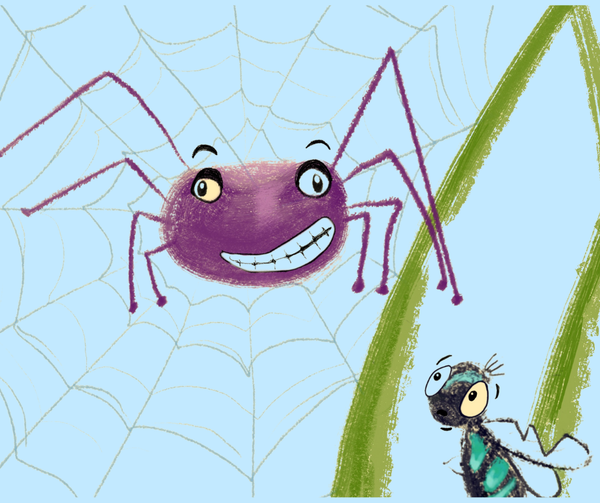Climate Change and the Garden
The Burlington Garden Club explains how individuals can impact the environment when choosing how to plan their gardens.

By Karin Oakes, Burlington Garden Club
From warmer weather and unpredictable rainfall to diminishing species of plants, insects and animals, it may feel like we can’t have a positive environmental impact as individuals.

This story was featured in our Winter Magazine
Read our magazine today for your guide to thriving this season in Burlington.
But gardeners can make a difference. Choosing plants native to New England is the first critical step. These plants help conserve water and improve soil along with offering support for many birds, bees, moths and insects that are an integral part of sustaining our environment.
Secondly, consider different garden types that adapt well to your available space and support wildlife while looking beautiful. Whether you have a sunny yard, want to manage a wet yard, or only have room for containers, here are some ideas that could work for your situation: Meadow Gardens often replace a portion of lawn, especially in sunny yards. They utilize more grassy plants than pollinator gardens but also include wildflowers for pollination support. Meadows are less expensive to maintain, are more casual and less structured, and will conserve water once established.
Pollinator Gardens attract wildlife like hummingbirds, butterflies, bees, moths, and even bats! This garden type contains native plant species that attract pollinators because of their color and nectar. Choose plants that bloom at different times, ensuring food availability through as many seasons as possible. Once established, pollinator gardens also require less water. Even small shady spaces can sustain native pollinator plants.
You can utilize trellises, fences, rock walls, and containers to support many native plants. Rain Gardens are designed to slow down and divert water runoff from roofs, driveways, and lawns.
This reduces wastewater draining into storm sewers while also sup-porting native plants. Rain gardens require a bit more planning, but there are a multitude of resources available to help.
The small steps you make next year will be added to those of other gardeners around you, creating a large positive environmental impact – by increasing biodiversity, con-serving resources, and improving local ecosystems.
Check out the Resource page of the Burlington Garden Club for plant lists, articles and references that can help you plan next year’s garden.





